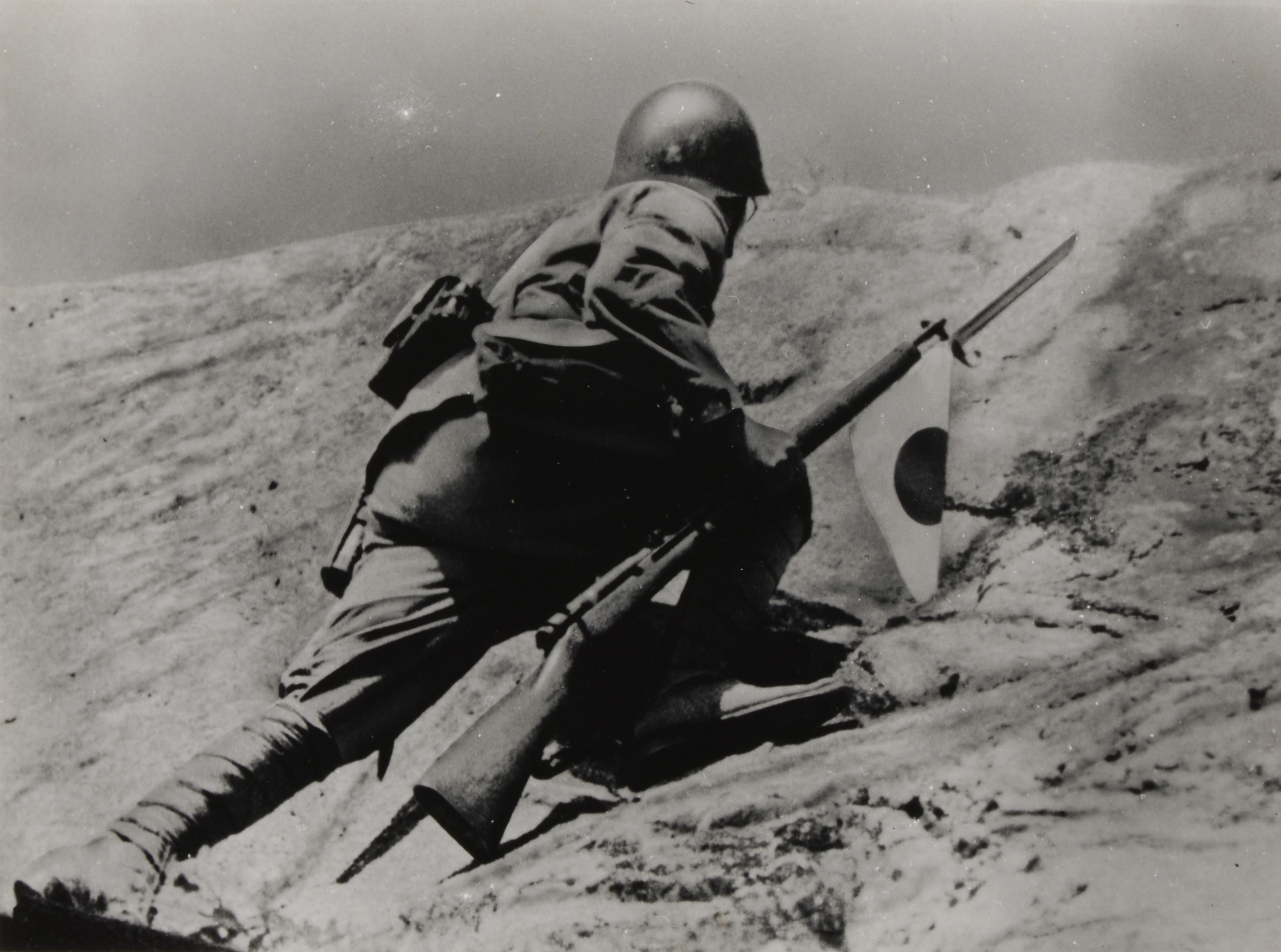Why would anybody want to go to war? For some of us it's incomprehensible. For others, there will be circumstances that make war justifiable — or even desirable.
History tells us that the former demographic is usually added to by members of the latter, who after months or years of pain, suffering and destruction find that alternative ways of settling disputes become more appealing. In this context, the photograph, considered purely as an object, seems so innocuous — a thin substrate of paper or plastic with one coated side that allows grains, dots or dye to hold a pattern. "War and Postwar: The Prism of the Times" at the Izu Photo Museum, however, reflects on the 70th anniversary of the end of World War II by showing us the exceptional utility photography has in creating narratives that push us toward some people and violently away from others.
The exhibition is arranged chronologically and, mainly using material officially sanctioned by the wartime and early postwar government, goes from seduction through affirmation, to frenzy and atrocity, and finally to a resolution of sorts.



















With your current subscription plan you can comment on stories. However, before writing your first comment, please create a display name in the Profile section of your subscriber account page.